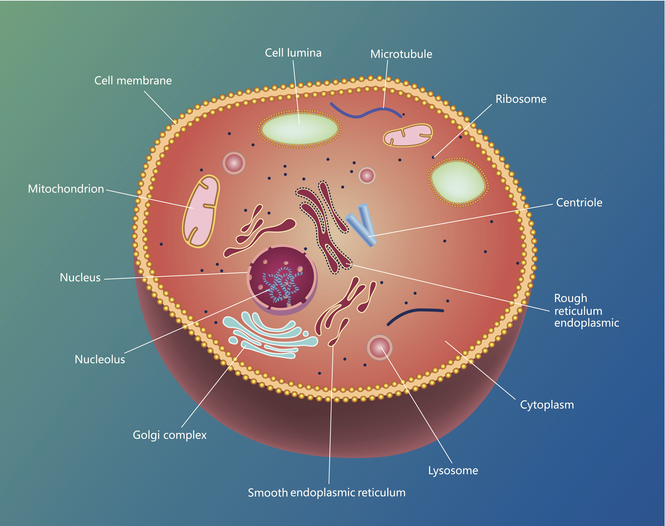Scientists have shed more light on the way a key toxic protein in Alzheimer’s disease damages brain cells.
Research from UQ’s Queensland Brain Institute (QBI) found that the protein – tau – impairs the ability of neurons to recycle and remove waste of the cell's energy-maker.
Accumulation of clumps of tau is a well-established hallmark of Alzheimer’s disease and other neurodegenerative disorders, as is the aggregation of damaged mitochondria, the powerhouse of a cell.
However, the interaction between tau and mitochondria is still being explored, and new research from QBI has found an additional disruptive function of tau in terms of mitochondrial health.
Professor Jürgen Götz says the finding is important in expanding our understanding of how tau causes neurodegeneration in brain disorders, in order to provide better preventative and treatment options.
“It has long been known that there is an accumulation of abnormal mitochondria in neurodegenerative diseases, including Alzheimer’s disease,” Professor Götz said.
“More specifically, tau has previously been shown to impair different aspects of mitochondrial function, and here, we find that tau also impairs the degradation of mitochondria.
“This causes a toxic cycle whereby tau both damages mitochondria and then also prevents their removal.
“The more fundamental knowledge about how tau works to impair cell function we can uncover, the more therapeutic targets we will have, and the better options there will be for prevention and treatment.”
Tau stops a cell's clean-up
One of the ways by which tau causes cell damage is by preventing the removal of damaged mitochondria, a process referred to as mitophagy.
Normally, damaged mitochondria are trafficked to the lysosome (the waste remover of the cell) for destruction, by a molecule called Parkin, which moves from the intracellular fluid to the impacted mitochondria to start the trafficking process.
However, researchers found tau impaired this process by interacting "aberrantly" with the Parkin protein in the intracellular fluid before it could reach the mitochondria, thereby preventing the removal process with damaging consequences for the cell.

“Mitochondria are important organelles that provide cellular energy,” said Dr Nadia Cummins, a recent PhD graduate in the Götz lab.
“However, when damaged, as happens in neurodegenerative disease for example, mitochondria can leak toxic molecules to other parts of the cell, and can even cause cell death.
“We showed in lab cell cultures and the nervous system of the roundworm C. elegans that disease-associated tau prevents mitophagy, as the tau binds to Parkin in the intracellular fluid and becomes trapped, and no longer translocates to mitochondria to remove them.
“This damages the cell, and possibly contributes to the degeneration we see in these kinds of diseases,” she said.
The paper was a collaboration between the Götz lab and Zuryn lab at QBI, and was published in The EMBO Journal. The research was supported by grants from the ARC, NHMRC, Federal and State Government, and by the Estate of Dr Clem Jones AO. The researchers were supported by an Australian Government Research Training Program Scholarship and a Stafford Fox Senior Research Fellowship.



